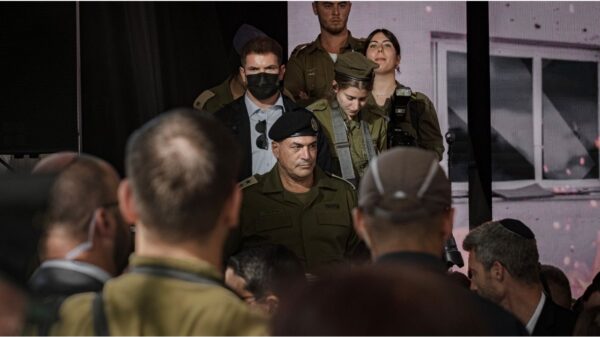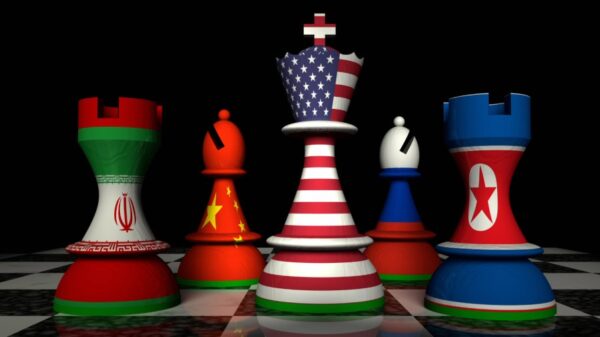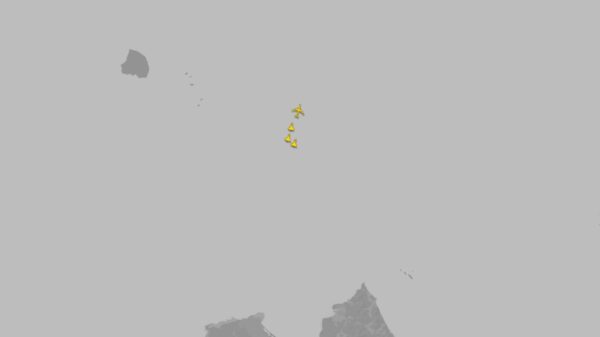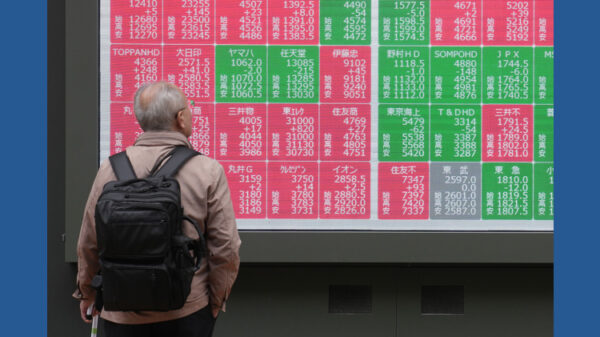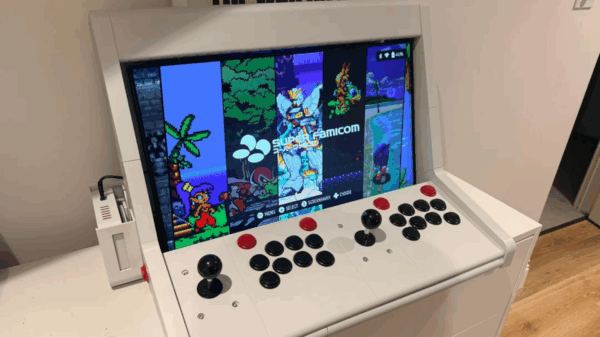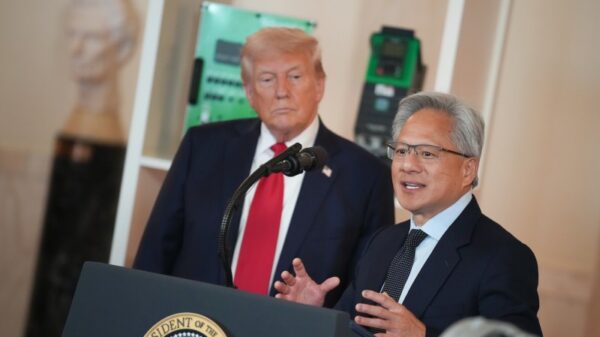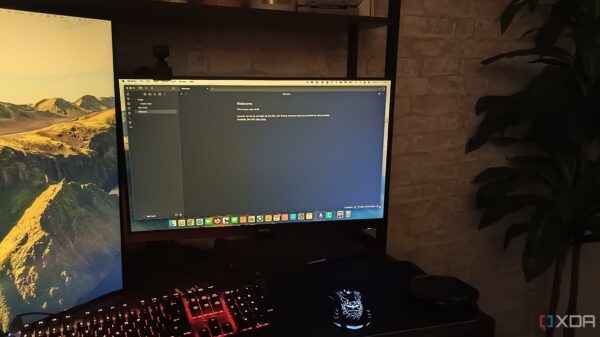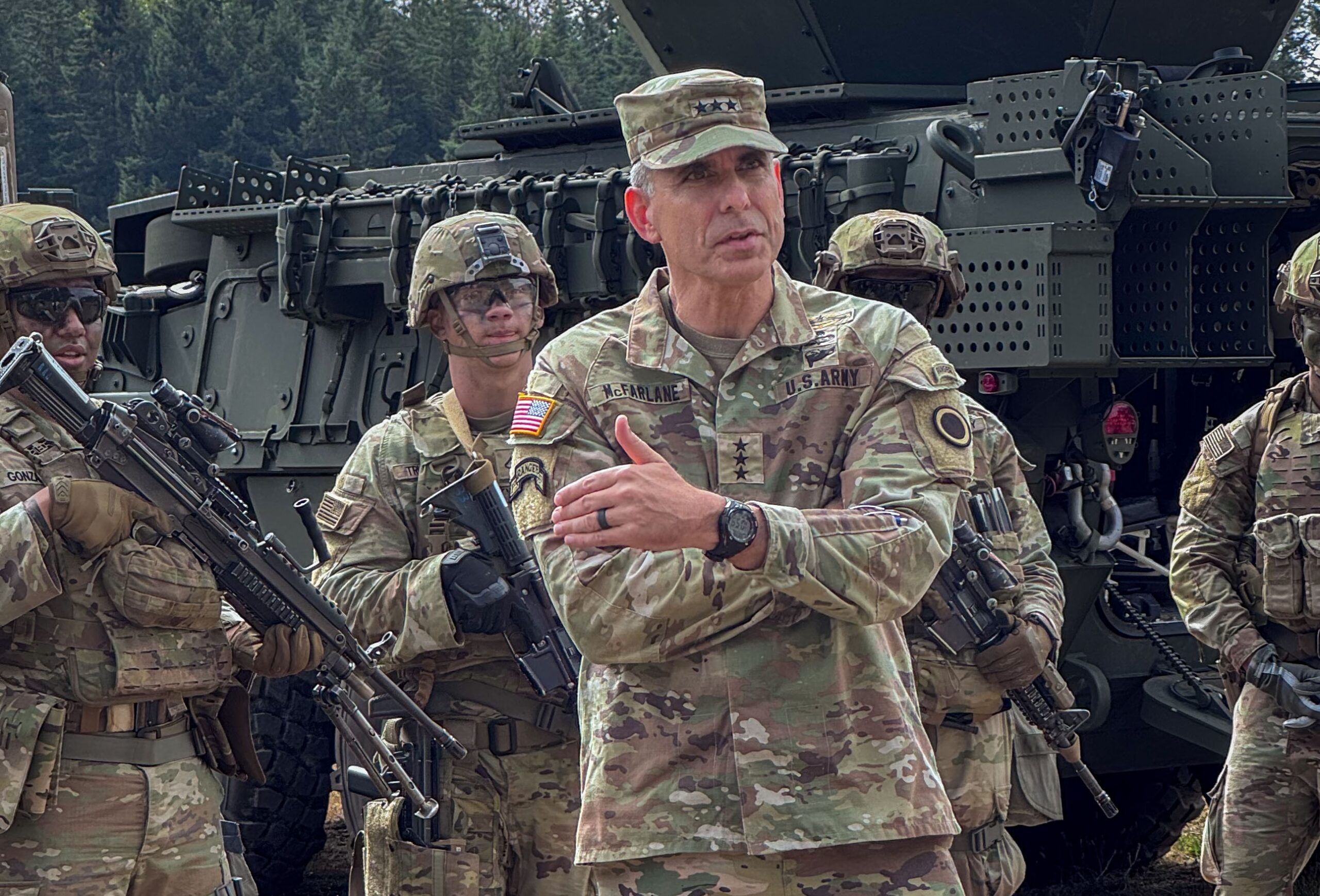The U.S. Army’s I Corps is undergoing a significant transformation to adapt to the evolving demands of the Indo-Pacific region. Under the leadership of Lt. Gen. Matthew McFarlane, the Corps is enhancing its operational readiness while focusing on both homeland defense and the perceived threat from China. This strategic shift involves rethinking operational concepts, integrating advanced technologies, and fostering a culture of innovation throughout its divisions.
In a recent discussion, McFarlane emphasized that the transformation of I Corps is not merely about adopting new technologies. It is about reshaping the Corps’ approach to training and operations. The goal is to create a more agile, resilient, and lethal force capable of responding swiftly to a variety of threats across the vast Indo-Pacific theater. He stated, “This transformation is driven by a clear understanding of the evolving strategic landscape and a commitment to maintaining our competitive edge.”
Innovating for Modern Warfare
A key focus for I Corps is the modernization of its capabilities, particularly in network integration, long-range precision fires, and unmanned systems. The Corps is actively experimenting with emerging technologies to improve situational awareness and decision-making. McFarlane noted, “We’re actively integrating advancements in our current training, campaign operations, and operational plans.”
As part of this modernization effort, I Corps is developing contested logistics capabilities necessary for distributed operations across island territories in the Pacific. The Corps collaborates closely with Army Material Command and the 8th Theater Sustainment Command to establish Joint Theater Distribution Centers in various locations, including Japan, Australia, the Philippines, and Guam. These centers enable the Corps to operate forward and rehearse vital activities associated with maintaining readiness in the region.
McFarlane highlighted that I Corps is focused on ensuring effective command-and-control, fire support, and sustainment for its divisions, all crucial components for successful operations in the Pacific.
Fostering Innovation Across Divisions
To facilitate innovation, all divisions within I Corps have established innovation labs. McFarlane explained that the challenge lies in integrating the progress made by each division while minimizing redundancy. The Corps is dedicated to sharing lessons learned, particularly between the 25th Infantry Division and the 4th Infantry Division. This collaborative effort includes experimenting with various technologies, from unmanned aircraft systems to advanced command-and-control mechanisms.
Some notable advancements being integrated into the wider Army include 3D printing for spare parts, enhanced UAV capabilities, and the development of AI systems to improve operational efficiency. McFarlane pointed out that these innovations help generate actionable intelligence, allowing commanders to make informed decisions based on real-time data.
The ongoing Pathways exercises in the Pacific are also evolving. I Corps is refining its training strategies to address the specific defense needs of its partners while enhancing its own operational readiness. For instance, the Philippines is shifting its military focus towards large-scale combat operations, and I Corps is assisting in this transition. McFarlane emphasized the importance of integrating networks to ensure effective communication and data sharing among allied forces.
I Corps is also actively testing new long-range fire capabilities, including the Precision Strike Missile and the Typhon Mid-Range Capability missile. McFarlane noted that control of land is becoming increasingly vital as long-range precision fires become more prevalent, stating, “Land-based, long-range fires is what the Indo-Pacific commander sees as the Army’s top contribution to joint forces in the Pacific.”
As the Corps adapts to the complexities of modern warfare, it recognizes the necessity of utilizing lessons learned from global conflicts, including the ongoing situation in Ukraine. While acknowledging that the Pacific theater presents unique challenges, McFarlane underscored the importance of sharing applicable lessons with allies to enhance preparedness and operational effectiveness.
In conclusion, I Corps’ transformation reflects a proactive approach to meeting the dynamic challenges of the Indo-Pacific region. Through innovation, collaboration, and a commitment to modernization, the Corps aims to bolster its readiness and effectiveness in a rapidly changing security environment.









